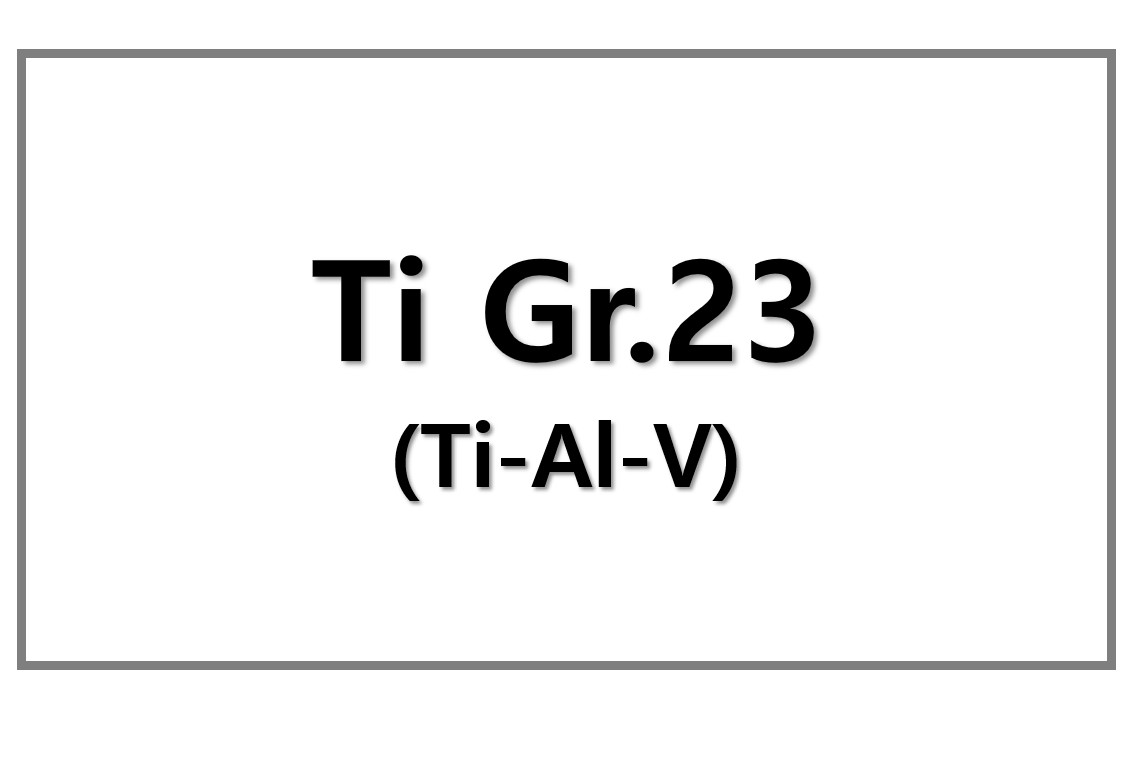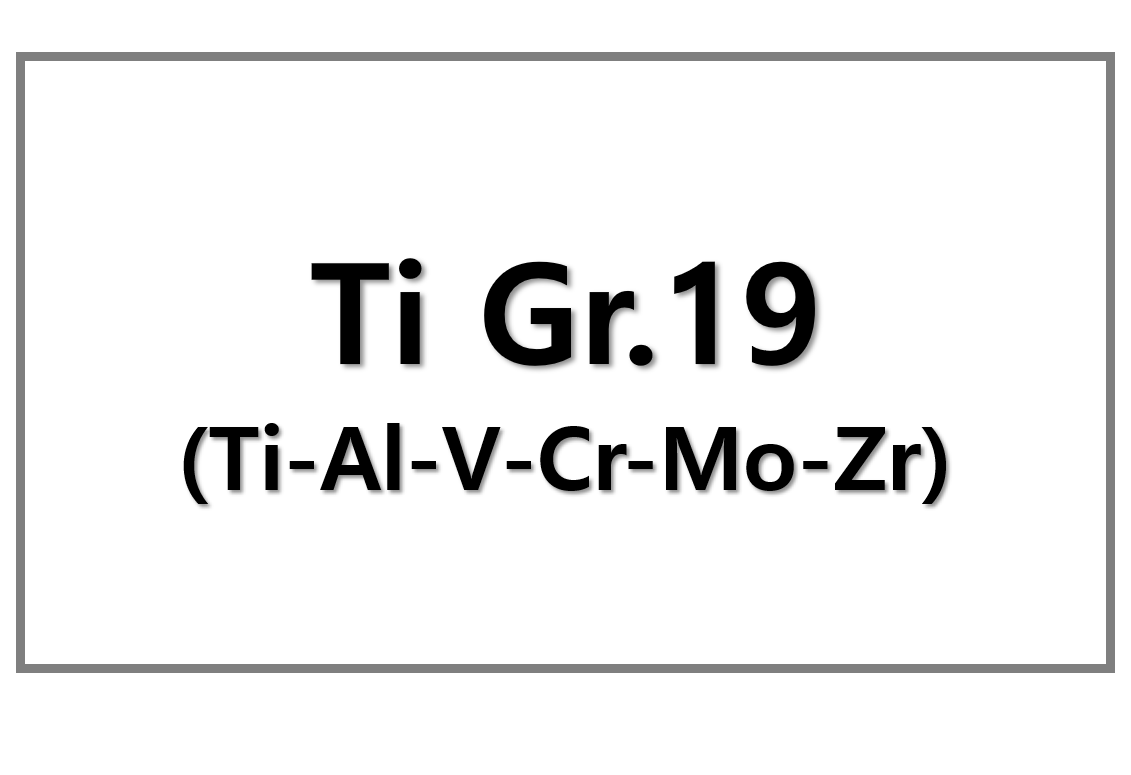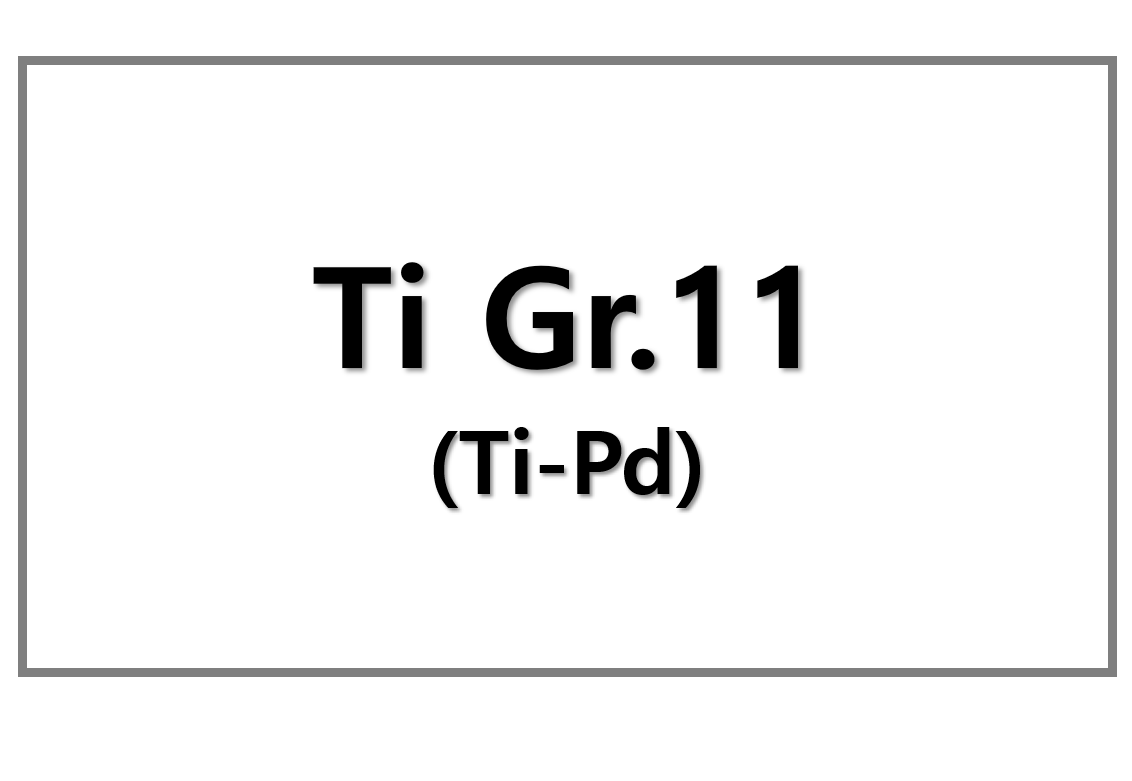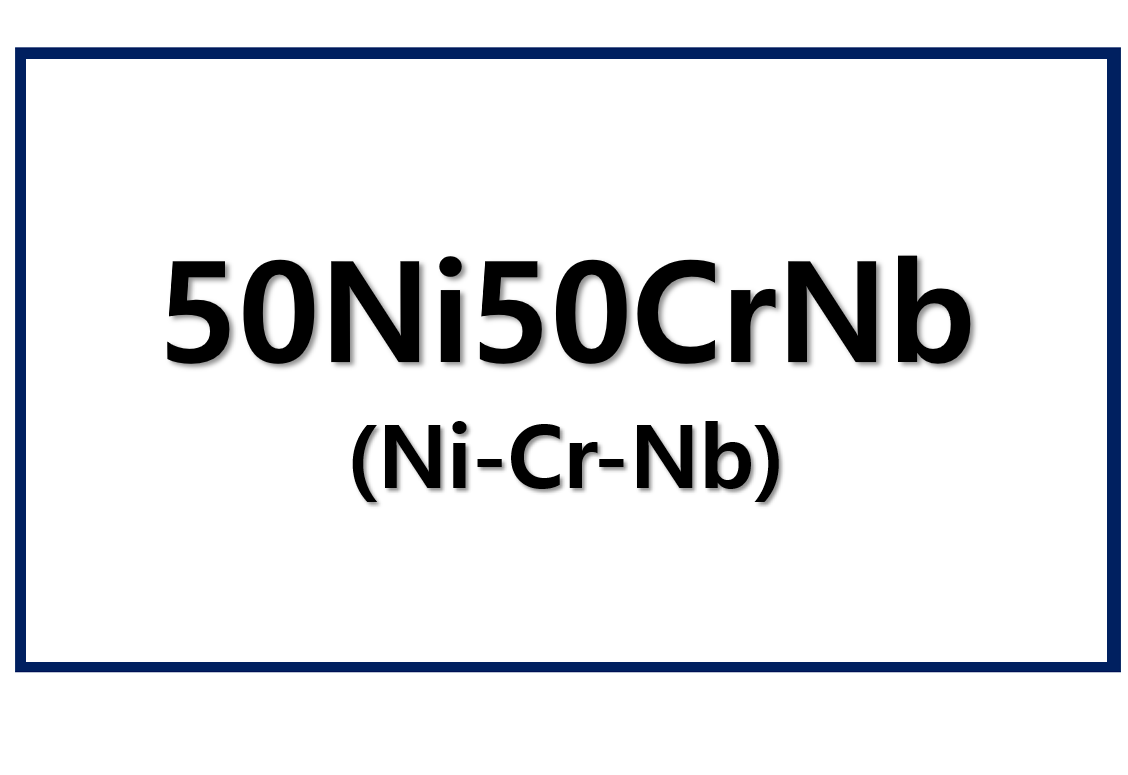
A Breakthrough in Titanium Alloys for Additive Manufacturing
Engineers at RMIT University in Melbourne, Australia have developed a cheaper, stronger titanium alloy for Additive Manufacturing (AM). This new alloy replaces vanadium, a costly element in conventional titanium alloys, with more affordable and widely available alternatives. The result is a material that is approximately 30% cheaper than standard options like Ti-6Al-4V.
This innovation, outlined in Nature Communications, positions RMIT at the forefront of alloy design for 3D printing. The university has filed a provisional patent for the process and is exploring commercial partnerships across the aerospace and medical device industries. According to Ryan Brooke, lead author and PhD candidate at RMIT’s Centre for Additive Manufacturing (RCAM), the alloy not only reduces cost but also surpasses current materials in strength and performance.
Traditional AM relies heavily on legacy alloys like Ti-6Al-4V, which limit the full potential of 3D printing. Brooke explains this limitation as akin to “creating an aeroplane and just driving it around the streets.” The RMIT team has developed a design framework that enables selection of alloying elements tailored for 3D printing, avoiding the formation of columnar microstructures that weaken material performance.
By solving both cost and structural limitations, the new alloy promises to transform sectors that demand both precision and durability. RMIT’s method ensures a uniform grain structure, leading to improved ductility and strength—key performance metrics for aerospace and MedTech applications. This framework could also serve as a model for alloy development beyond titanium.
Industry Engagement and Commercial Potential
RMIT researchers have validated market interest through CSIRO’s ON Prime program, engaging with stakeholders from the aerospace, automotive, and medical sectors. Brooke noted that end users are seeking transformative improvements, not just incremental gains. This new alloy appears to meet that need.
Professor Mark Easton, corresponding author, emphasized that RMIT is actively seeking industry partners to scale development. With the foundational research now published, the next phase involves integrating the alloy into real-world AM supply chains. The technology holds the potential to redefine metal printing for high-performance industries worldwide.
SuperMetalPrice Commentary:
RMIT’s innovation could disrupt the titanium alloy market at a critical time. Rising vanadium prices and growing demand for additive manufacturing solutions are accelerating the need for cost-effective alternatives. By removing vanadium while enhancing strength and ductility, RMIT delivers both economic and mechanical advantages. As industries like aerospace, automotive, and MedTech pursue lighter, stronger, and more sustainable components, this alloy could become a cornerstone material. If commercialized effectively, it may shift global standards for AM-ready titanium alloys.











Leave a Reply
You must be logged in to post a comment.